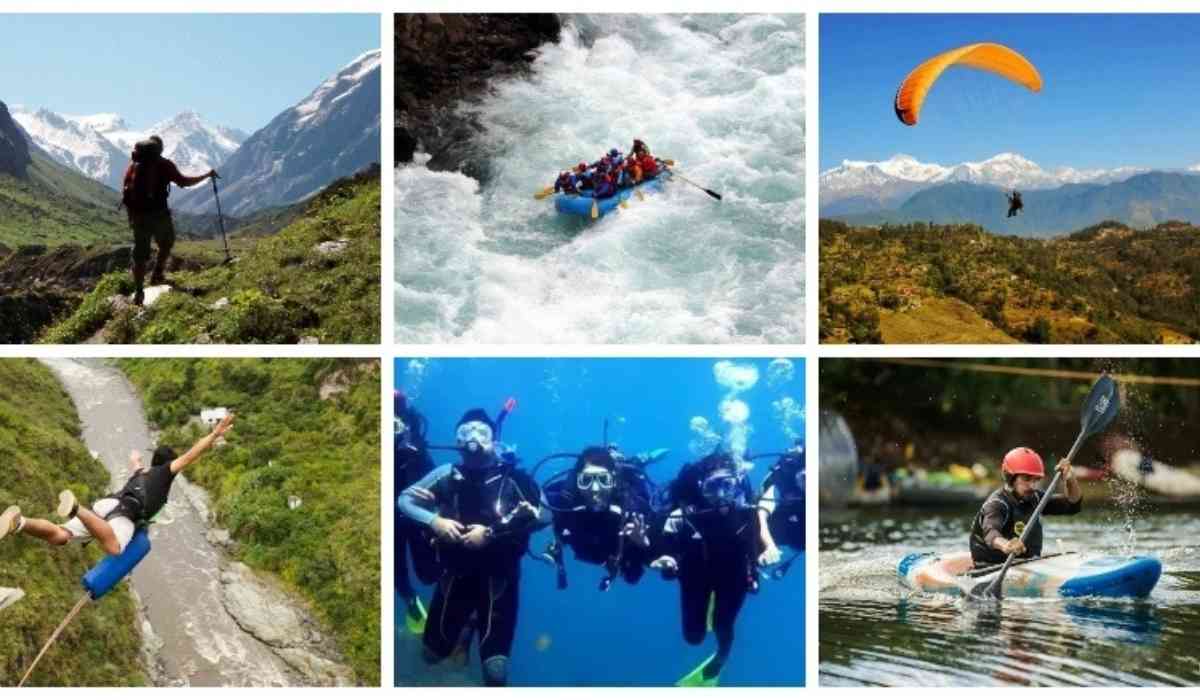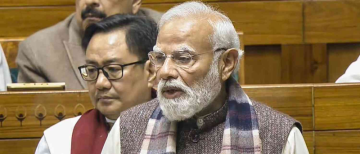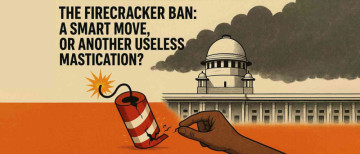Adventure tourism in India is soaring, fueled by Instagram-worthy thrills, the Zindagi Na Milegi Dobara effect, and a growing population of young, thrill-seeking travellers. From ziplining in Manali to rafting in Rishikesh and paragliding in Bir Billing, the adrenaline rush is undeniable. The Indian adventure sports market was valued at $2.7 billion in 2023 and is projected to skyrocket to over $46 billion by 2030.
Despite existing guidelines, licensing frameworks, and safety SOPs, accidents are recurring with alarming frequency. Fatalities and injuries have become an unfortunate hallmark of India’s adventure tourism scene, revealing a deep-rooted problem, a systemic failure in safety enforcement, training, and accountability.
Beneath the adrenaline-fueled surface lies a dangerous truth: India’s adventure tourism industry is a booming business built on shaky safety foundations.
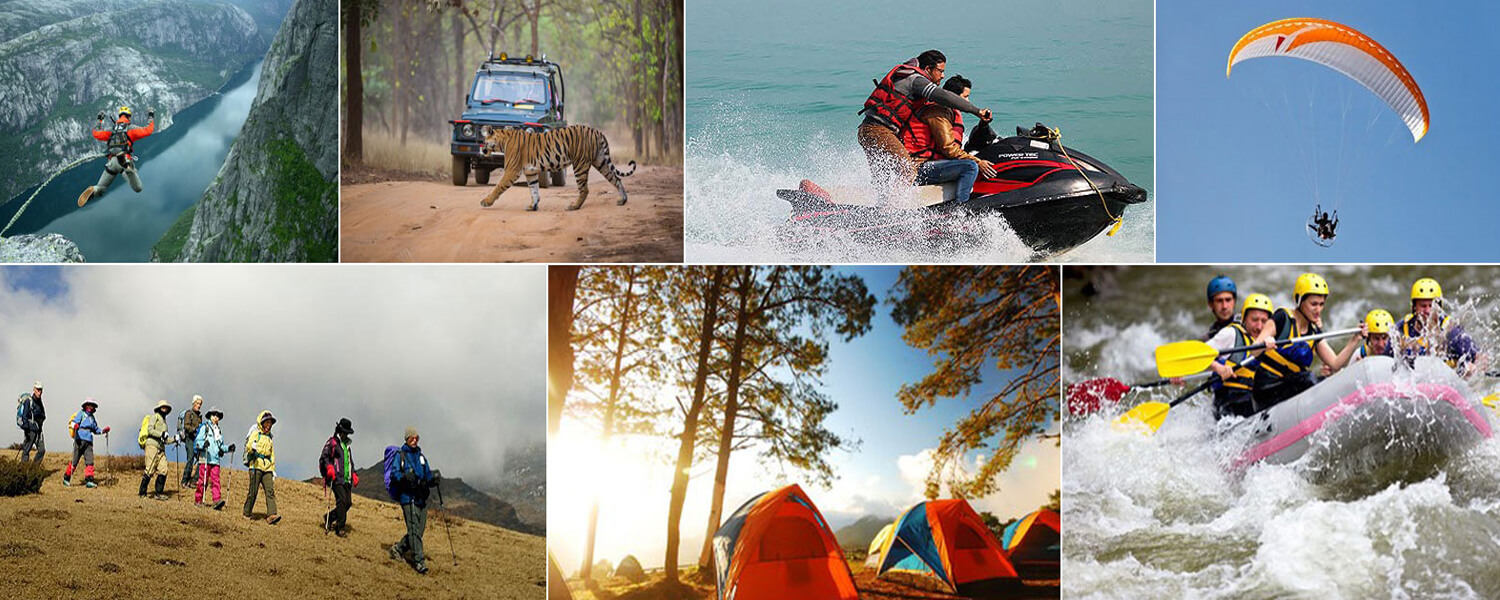
The Illusion of Safety: Accidents That Keep Repeating
Adventure sports are inherently risky—that’s what makes them exciting. But they’re not supposed to be life-threatening. The problem is not the risk; it’s how poorly that risk is managed.
A tragic case in point is that of Trisha Bijwe, a 12-year-old girl from Nagpur who fell from a zipline in Manali after the rope of her harness snapped mid-air. The video of her plummeting onto a rocky slope went viral, sparking outrage but no formal police case. She survived with multiple fractures, but the incident served as a glaring reminder of the gaps in safety measures.
Despite having safety protocols on paper, India’s adventure industry continues to operate with minimal enforcement. The illusion of safety—created by helmets, harnesses, and polished brochures—often lulls tourists into a false sense of security. They trust that if an activity is available, it must be safe. But more often than not, no one checks the operator’s license, equipment history, or staff training.
In the past year alone, five people have died in paragliding accidents across hotspots like Bir, Manali, Dharamshala, and Goa. Just weeks before Trisha’s fall, another zipline accident occurred in Bhor, Pune. Trekking deaths caused by poor route management and absence of emergency preparedness are on the rise. The stories keep piling up — and so do the body bags.
A Business Model Built on Risk
According to industry estimates, India's adventure tourism sector is growing at over 20% annually, expected to cross ₹6,000 crore by 2026. However, profit often outweighs safety in this booming sector.
Many operators reportedly buy discarded or expired equipment from developed countries. Instructors are frequently hired without formal training, especially during peak seasons. “In summer, anyone who can strap on a belt and shout instructions becomes an instructor,” a local operator in Manali admitted.
In fact, by international standards, only about 5% of instructors in India are adequately trained. Most tourists assume protocols are in place, but they rarely verify them.
Data That Should Alarm Us
Recent years have seen a steady rise in high-profile, often fatal, accidents:
- Manali, Himachal Pradesh – Zipline Mishap (2025)
12-year-old Trisha Bijwe from Nagpur plunged into a gorge after her zipline harness rope snapped mid-air. The video of her fall went viral. She survived with multiple fractures and underwent surgery. Her father later confirmed no safety checks or emergency support were in place.
- Puri Beach, Odisha – Boat Capsize
Snehasish Ganguly, brother of former India cricket captain Sourav Ganguly, and his wife Arpita were involved in a boat capsize during a water sport. The district administration suspended all water activities afterward, citing safety lapses.
- Manali, Himachal Pradesh – Paragliding Death (2024)
Tadi Mahesh Reddy, a 32-year-old tourist, died when a sudden gust of wind caused his glider to crash instead of ascend. He died on impact during takeoff at Raison.
- Goa – Paragliding Crash (January 2025)
Shivani Dable, 27, from Pune, lost her life after her glider crashed into a ravine shortly after takeoff from a cliff in Keri village. Her instructor also died. Investigations revealed lax safety practices and unlicensed operators.
- Bir Billing, Himachal Pradesh – Harness Malfunction (2023)
A tourist died mid-air after the paragliding harness failed. It was later revealed that the operator was unregistered, and the equipment was outdated. Public outrage led to temporary crackdowns, but implementation remains spotty.
- Rishikesh, Uttarakhand – Rafting Accident (2017)
A tourist from Delhi died after a raft capsized near Garud Chatti bridge. The accident highlighted overloading and untrained guides. Authorities launched safety audits, but consistent enforcement has been lacking.
Despite more than 20 fatalities in the past 5–7 years, no significant systemic change has occurred. Instead, authorities respond with temporary bans, magisterial probes, and business-as-usual resumption.
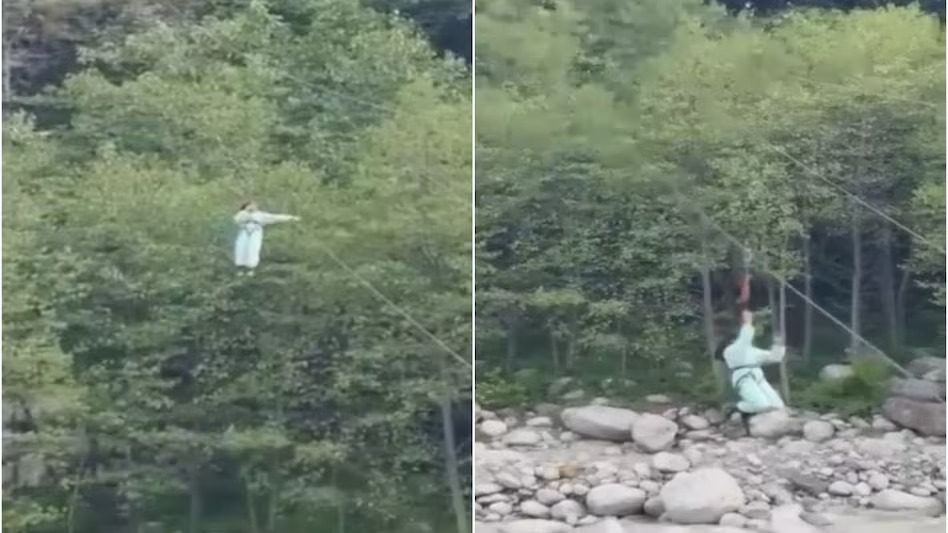
Why Accidents Keep Happening Despite SOPs
The Ministry of Tourism introduced Adventure Tourism Guidelines in 2018. These include age limits, mandatory briefings, RAMS (Risk Assessment & Management Systems), and penalties for violations. However, these are guidelines—not laws—and their implementation varies drastically across states.
States like Uttarakhand and Himachal Pradesh have introduced their own region-specific policies. But corruption in licensing, lack of enforcement staff, and absence of a national regulatory body mean that untrained freelancers and uncertified operators continue to run activities with little oversight.
Adventure sports are governed by fragmented jurisdictions—trekking under forest departments, rafting under tourism, aero-sports under civil aviation—leading to a regulatory mess with no unified command.
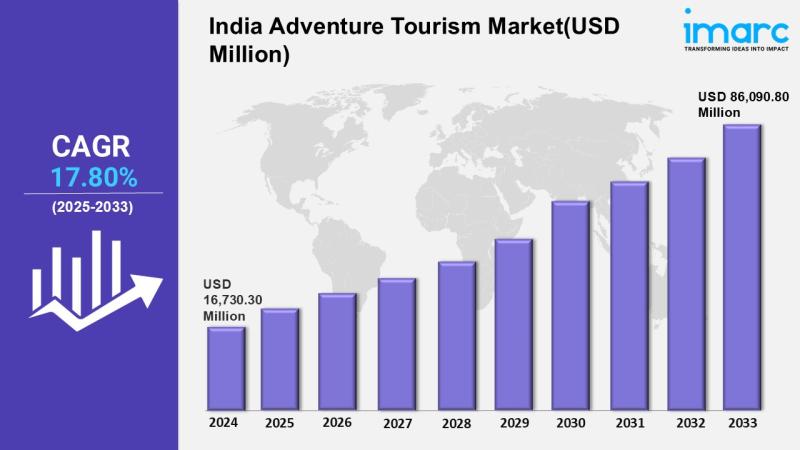
The Missing Culture of Safety
India lacks a culture of safety awareness, both among operators and participants. Many tourists don’t ask vital questions:
-
Is the operator certified?
-
When was the equipment last inspected?
-
Is there an emergency response plan?
-
Are the guides trained in CPR and first aid?
Even worse, most tourists decline optional adventure insurance—often priced as low as ₹300 to ₹500—believing it’s a waste of money for a 30-minute thrill. What they don’t realise is that only certified operators can provide such insurance, and coverage can go up to ₹3–5 lakh.
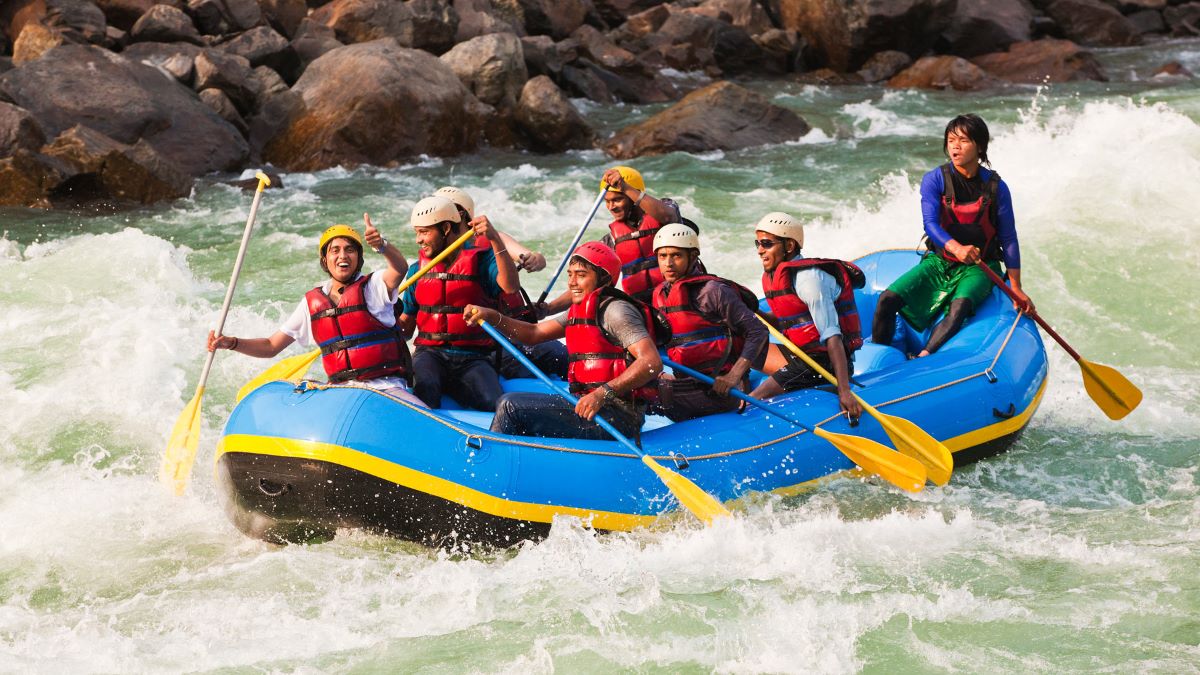
Waivers and Warnings: The Legal Grey Zone
Adventure sports operators typically make tourists sign waivers, shifting liability to participants. As one tour guide bluntly put it, “If you don’t sign, you don’t do the activity.” Most tourists, unaware of their rights and the risks, comply.
Insurance is available, typically costing ₹300–500, but most tourists refuse. “Why pay ₹500 for a half-hour ride?” they ask. What they don’t realise is that insurance could cover up to ₹5 lakh in case of injury or death, but only certified operators can offer it.
The legal framework remains weak. Safety “guidelines” are not binding laws. Most accidents don’t lead to arrests or meaningful compensation. This lack of legal clarity emboldens reckless behaviour and normalises avoidable tragedy.
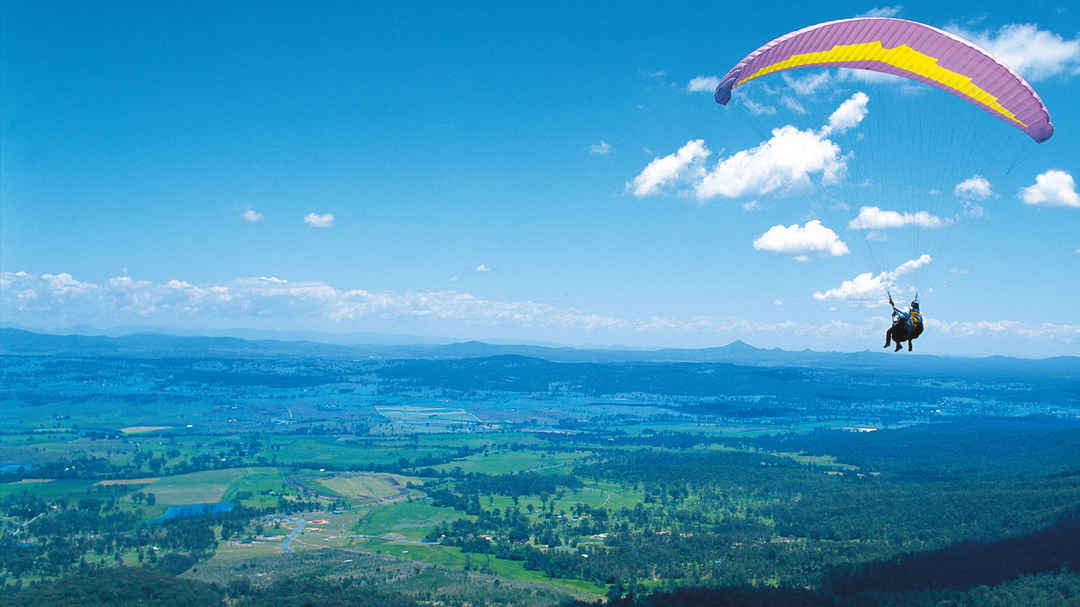
RAMS: A Safety Blueprint, Not Just Bureaucracy
A functional, safe adventure tourism industry requires three pillars: enforcement, education, and ecosystem.
In countries like New Zealand, the UK, and Canada, Risk Assessment and Management Systems (RAMS) are the norm. They include:
-
Hazard identification (gear failure, weather changes, fatigue)
-
Preventive protocols (skill-based grouping, route checks)
-
Emergency response plans and defined staff roles
In India, RAMS is still not mandatory, even though it is the backbone of professional adventure operations globally. Without RAMS:
-
Altitude sickness goes unchecked
-
Equipment goes uninspected
-
Emergency drills are absent
-
Weather alerts are ignored
Who’s Responsible?
While tourists must be vigilant, the primary responsibility lies with the operators and regulatory bodies. Signing waivers does not absolve vendors of accountability. Tour operators must:
-
Hire only certified guides
-
Conduct regular safety drills
-
Keep ambulances and medical support on standby
-
Provide safety briefings and checklists
-
Ensure insurance for every participant
Disclaimers are not foolproof. Courts have ruled that negligence cannot be waived through a form.
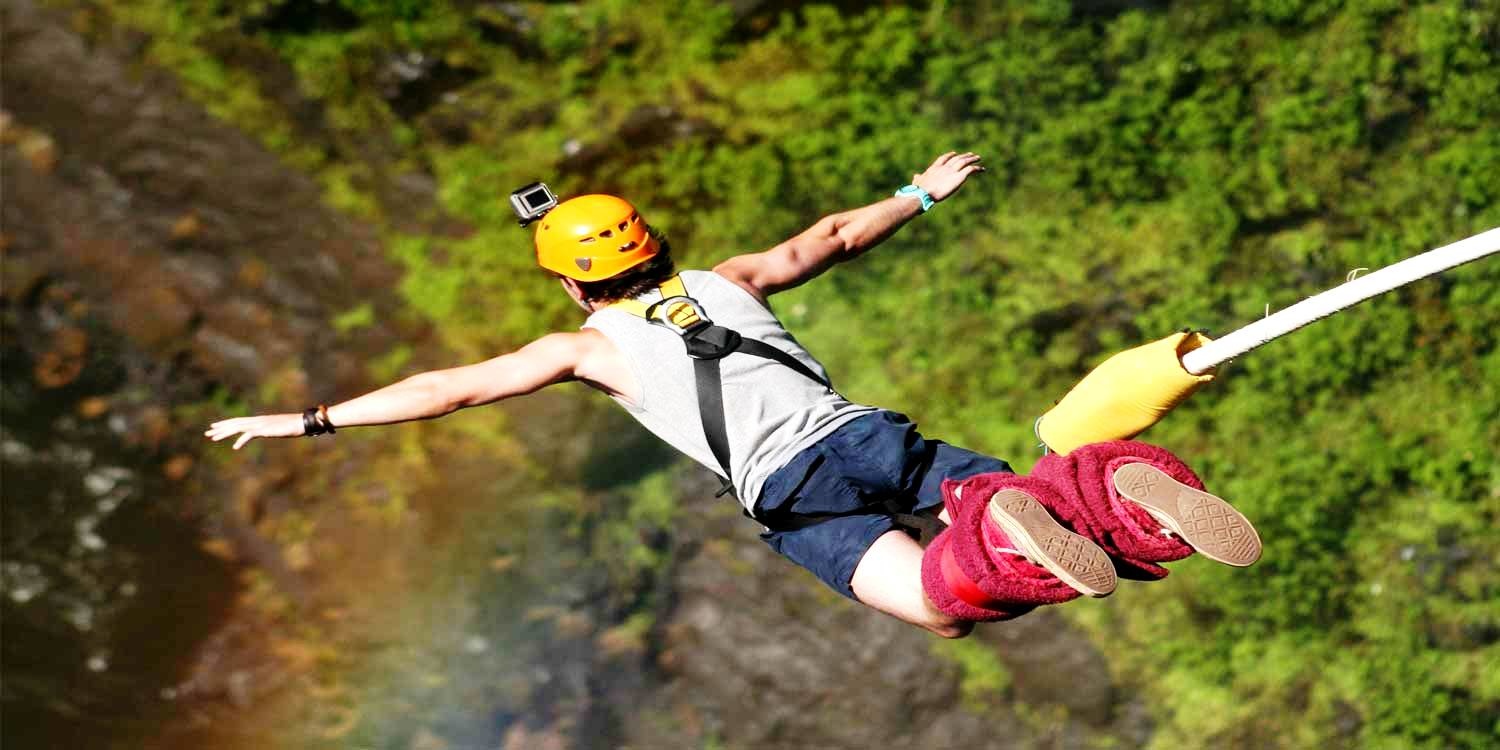
A National Policy Framework: The Way Forward
The Adventure Tour Operators Association of India (ATOAI) has proposed a National Adventure and Outdoor Activity Policy Framework, urging collaboration between:
-
Ministry of Tourism
-
Ministry of Environment & Forests
-
Ministry of Skill Development
-
State tourism boards and private stakeholders
This would enable:
-
Unified standards with regional adaptations
-
Formalised career paths for local guides
-
Seasonal and ecological protocols
-
Gender-sensitive, accessible infrastructure
Unless licensing is tied to safety compliance, rogue operators will continue to flourish, and tourists will continue to suffer.
What Needs to Change — Now
1. National Regulatory Authority: A centralised body like a National Adventure Sports Safety Authority must standardise training, auditing, and licensing across all states.
2. Mandatory Certification & Insurance: All operators must be certified by recognised bodies. Insurance should be included in the cost—not optional.
3. Public Awareness Campaigns: From school modules to digital safety checklists, we must teach people what to ask before signing up for an adventure.
4. National Register of Operators: Only registered operators should be allowed to function. Currently, anyone with a few parachutes or rafts can set up shop.
5. Strengthen RAMS Enforcement: Make RAMS a legal requirement, audited annually, with penalties for non-compliance.
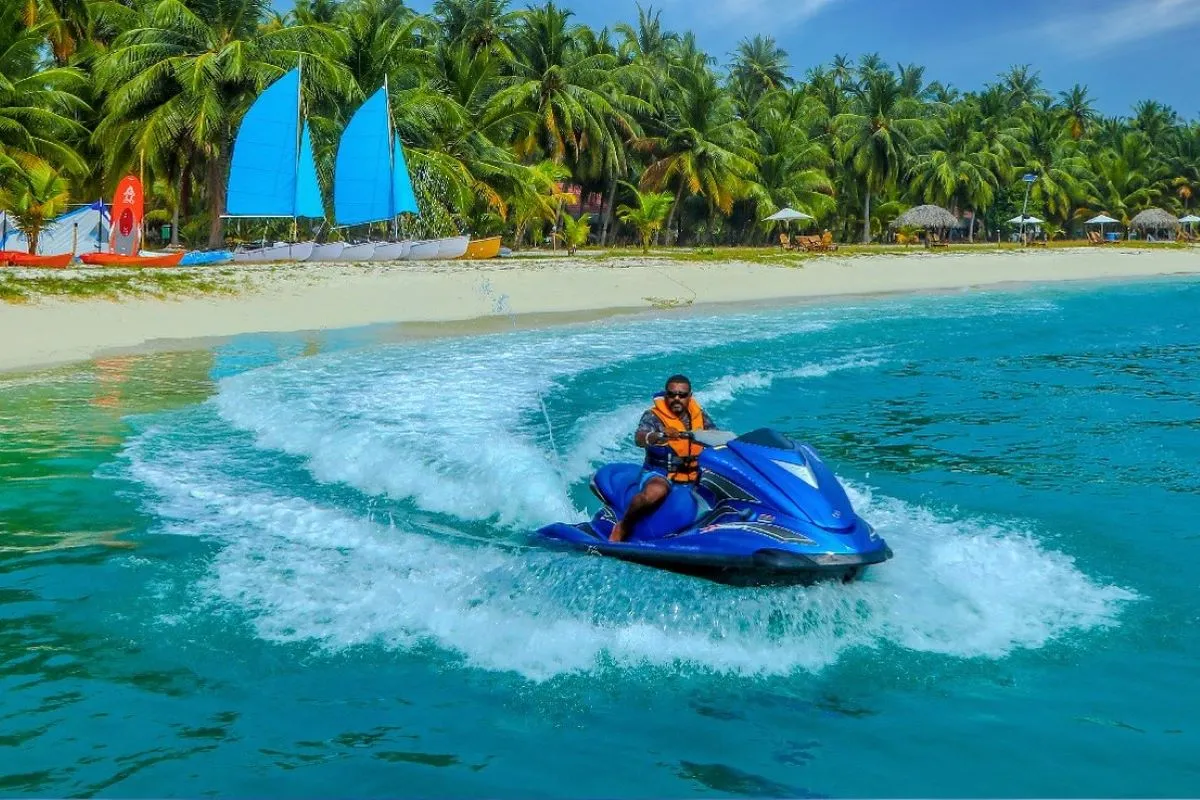
What Tourists Should Do Before Signing Up
-
Ask to see the operator’s license and certifications
-
Ensure guides are trained in first aid and CPR
-
Check reviews for safety incidents, not just thrills
-
Don’t compromise on cost—cheaper doesn’t mean safer
-
Always opt for insurance
-
Insist on a safety walkthrough and equipment demo
-
Avoid relying on cab drivers for operator suggestions
The Thrill Shouldn’t Kill
Adventure tourism has the power to transform lives—it builds confidence, connects people with nature, and fuels local economies. But without a solid foundation of safety, it also has the power to destroy lives.
India has everything it needs to become a global leader in adventure tourism—breathtaking landscapes, a youthful population, and entrepreneurial energy. But unless enforcement, education, and ecosystem development become central pillars, the headlines will continue to be filled with avoidable tragedies.
Let the thrills continue—but let them be safe, skilled, and truly unforgettable for the right reasons.
Views expressed in the above piece are personal and solely those of the author. They do not necessarily reflect Vygr’s views.
With inputs from agencies
Image Source: Multiple agencies
© Copyright 2025. All Rights Reserved Powered by Vygr Media.

